
Primates are remarkable. We’re all familiar with chimpanzees, monkeys, and ring-tailed lemurs, but have you heard of tarsiers, with their big eyes? Or Cleese’s woolly lemur, named after John Cleese? Or the fabulous red-shanked douc? What about the scary-looking red-headed bald uakari? Or did you know that primates can be as small as mice?
There are 504 species in all, which makes primates one of the largest groups of mammals. Some – those we’re most familiar with – are active during the day, but others come out only at night. Some eat fruit, others eat leaves, still, others eat insects and some hunt for meat. One species mainly eat mushrooms, and some even eat other primates.
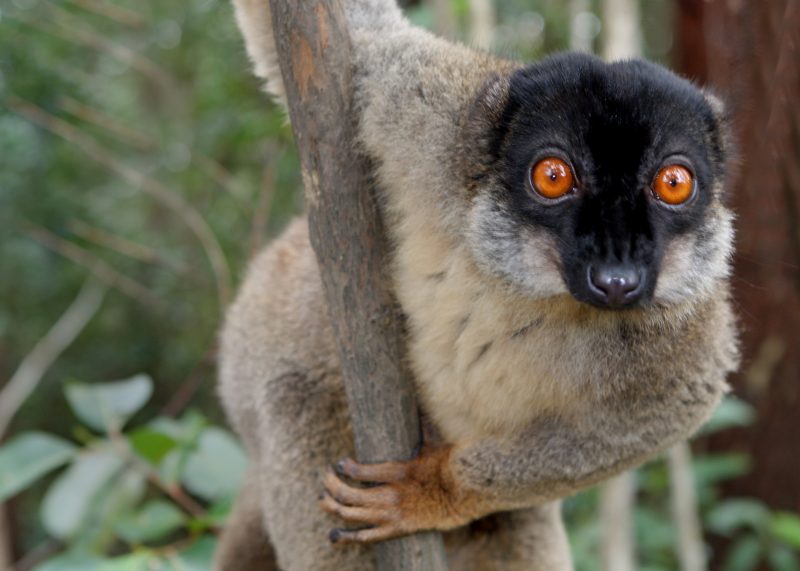
Today sixty per cent of these primate species worldwide are threatened with extinction according to a study published in Science Advances We are at a turning point where we must take action or lose many species during the next 50 years.
Primates are our closest relatives and make up a large proportion of the mammals of the world. If we lose them, not only do we lose a lot of insights into ourselves, we lose the ecological services that they provide.
Primates can live in solitude, in huge, complex societies, or anything in between. Some swing through the trees with such grace that they look like they’re flying, others don’t seem to move very much at all. Others sing duets. Many of them are superbly colourful. Some are beautiful; others are ugly. All of them are fascinating
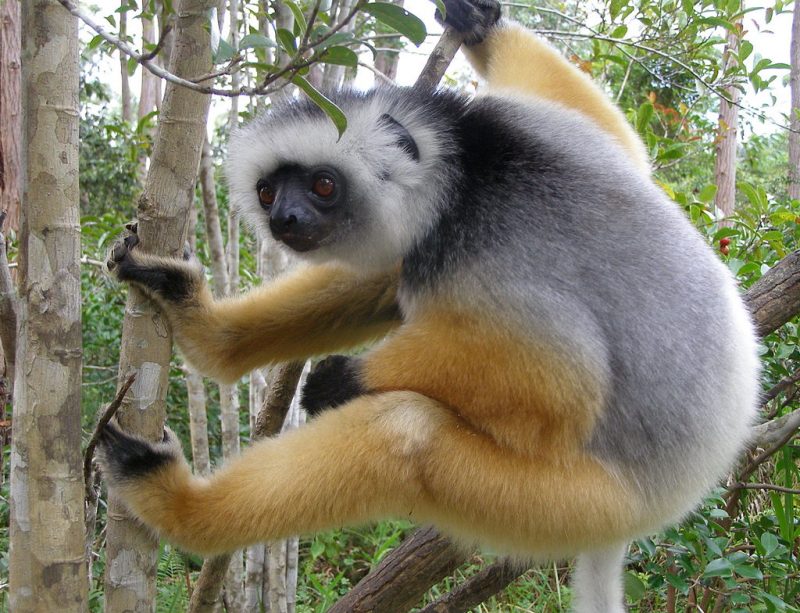 .
.
Primate species serve as seed dispersers, pollinators, predators, and prey essential to keep ecosystems in balance pollinating trees and dispersing seeds across these vital carbon stores. For example, monkeys are a big part of the diets of other rare animals, such as jaguars, leopards, and harpy eagles.
They’re our closest biological relatives, and we look to them to understand our own evolution.
Bad news for primates
Over the past couple of years, a global group of primatologists have assessed the conservation status of all those 504 species. Their results are now published in the journal Science Advances. The news is bad – primates are in dire trouble. Around 60% of species are threatened with extinction and 75% are declining in numbers. Without action, these numbers will grow and more species will disappear forever.
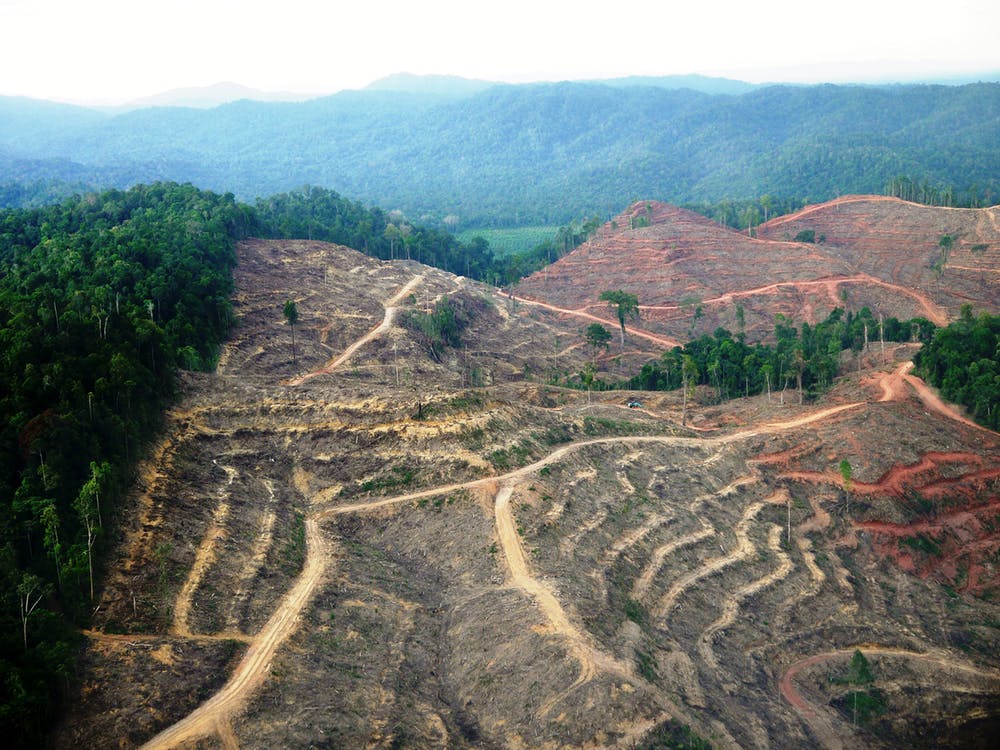
…extensive forest loss due to the expansion of industrial agriculture and large-scale catting ranching, logging, oil and gas drilling, mining, dam building, and the construction of road networks for resource extraction.
This dismal situation is our fault. Primates are mainly threatened by losing their habitat due to the expansion of industrial agriculture and large-scale catting ranching, logging, oil and gas drilling, mining, dam building, and the construction of road networks for resource extraction.
It’s important to try to keep primate habitats as intact as possible because when they become fragmented primates may be forced to come out and raid crops just to get enough to eat. And crop-raiding leads to all kinds of conflict, such as fights between dogs and primates, and opportunities for faecal contamination.
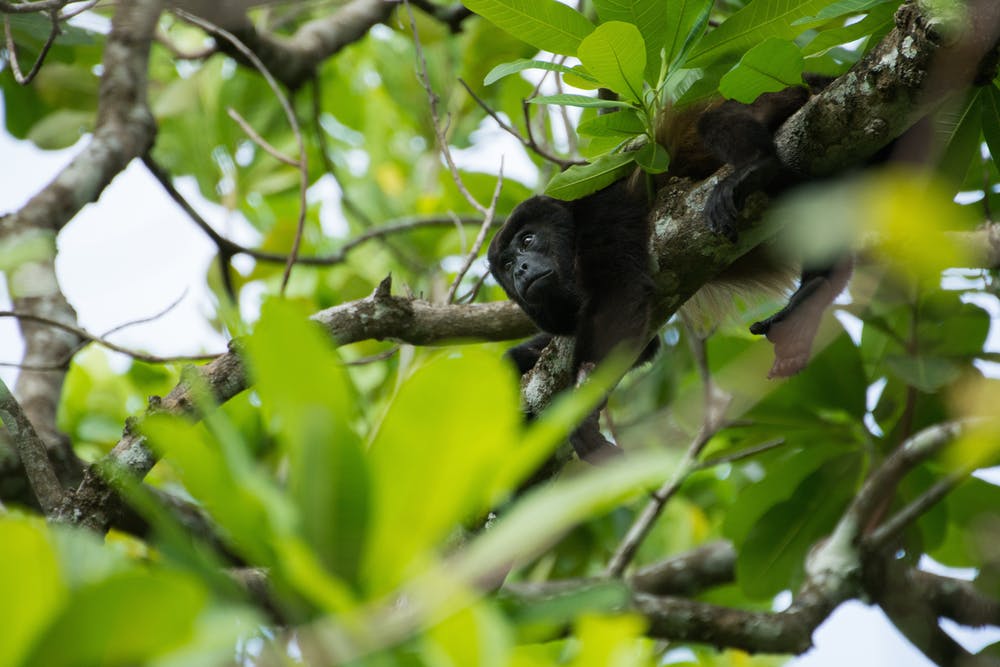
Most primates live in regions with high levels of human poverty and inequality> They are therefore hunted for meat, or to supply the illegal trade in pets and body parts. The researchers stress the need to improve human health and access to education, while also preserving traditional livelihoods that can contribute to food security and environmental conservation.
The solutions lie in global fairness and taking responsibility for the implications of our actions. Every consumer decision we make has global implications. Moreover, we must understand those wild animals are not suitable pets. Captive populations can be used to rescue species from the brink of extinction, but if their natural habitat has gone, there is no hope.
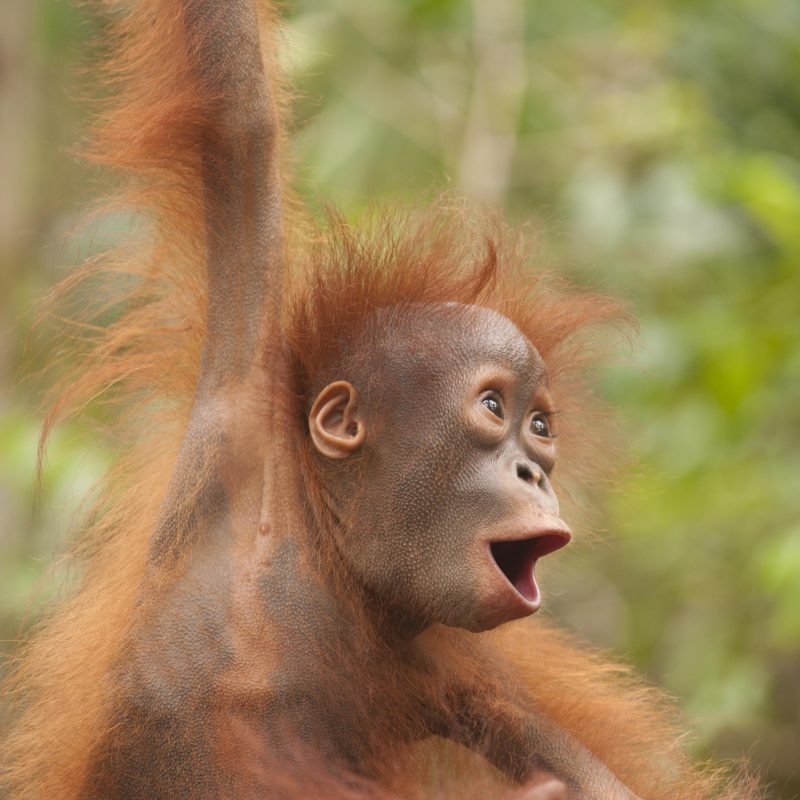
Biologically, extinction is a normal phenomenon. Species evolve, and species go extinct. From time-to-time in earth’s history, mass extinctions have wiped out huge numbers of species globally.
However, we cannot accept that we, as one primate species, drive others to extinction when are still able to prevent it. The power to stop forests becoming silent, emptied of animals, is in our hands.
Sources:


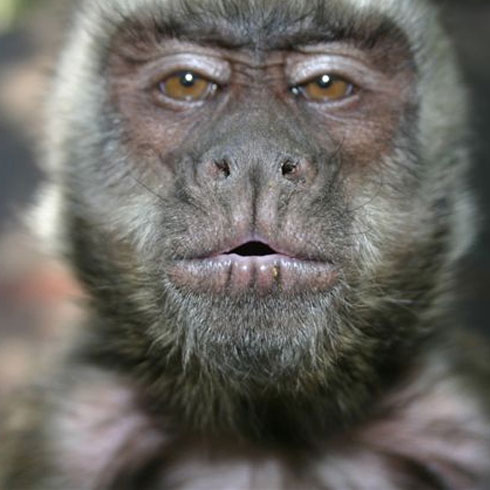 Conservation in Southern Africa is rapidly becoming unsustainable without the active involvement of the community, especially the younger, more active generation. The Bushbabies Monkey Sanctuary and The Elephant Sanctuary group strongly believe that we have to get the younger members of communities involved to instill a passion for the environment and wildlife in them through education.
Conservation in Southern Africa is rapidly becoming unsustainable without the active involvement of the community, especially the younger, more active generation. The Bushbabies Monkey Sanctuary and The Elephant Sanctuary group strongly believe that we have to get the younger members of communities involved to instill a passion for the environment and wildlife in them through education.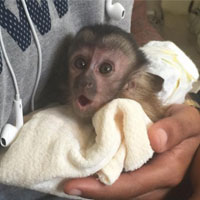 I'll introduce you to Joyce, for example. A young female capuchin, she was rather pampered with child-like paraphernalia; a dress and a small hat around her head. Cute, indeed. She had been with her "foster" family since only two months old, bought straight from a breeder. The couple who owned her did not have children, and so decided to substitute the missing link with a primate, albeit a bit smaller...and with sharper teeth.
I'll introduce you to Joyce, for example. A young female capuchin, she was rather pampered with child-like paraphernalia; a dress and a small hat around her head. Cute, indeed. She had been with her "foster" family since only two months old, bought straight from a breeder. The couple who owned her did not have children, and so decided to substitute the missing link with a primate, albeit a bit smaller...and with sharper teeth.



